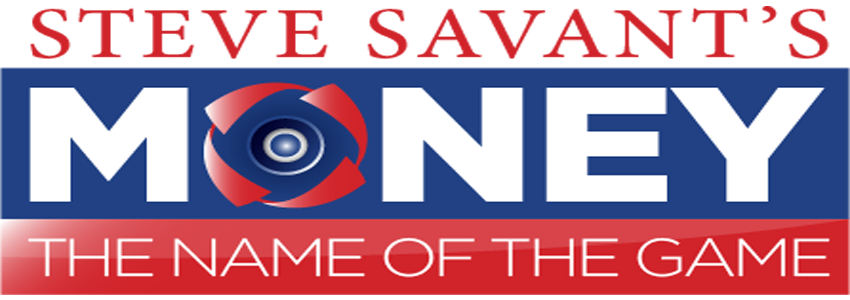 Mesa 8/20/2018 12:00:00 PM
Mesa 8/20/2018 12:00:00 PM
News / Finance
Qualified Retirement Employer Plans May Make the Difference for Future Seniors
ERISA Plans Can Add Significant Value to Employers Benefits Plans

Defined Benefit Plans are one of the most useful of all retirement plans that can favor the older business owner with large income tax deductions while securing significant retirement and estate benefits. This is a brief outline of the potential benefits of these plans. Actual benefits must be calculated and certified by a qualified actuary.
General Plan Design: These plans work best when the business owner(s) are older than the general employee population. A Defined Benefit Plan favors older employees because larger contributions are required in light of the shorter time to retirement. Contributions are mandatory each year based on the plan’s benefit formula, unless that formula is amended prior to the accrual of any benefits during the plan year (i.e. first few months of the plan year) or if the plan is terminated. These plans are best suited for those companies that have consistent profits and have a need for ongoing business tax deductions.
Integration of a Defined Benefit Plan with a 401(k) Plan: We will strive to have the benefits of the non-key employees funded in the 401(k) plan, while the Defined Benefit plan will fund the benefits for the owners and older employees.
Plan Contributions by the Company: The amount of the required plan contribution can be almost any amount the employer wants up to the legal limits. Generally, each plan year, the employer is provided a minimum/maximum range of funding for the plan. In addition, employee demographic is critical in the plan design as factors such as employee turnover can have a major impact on plan design. This is why we ask for detailed census information each plan year.
Plan Contributions for Owners: When we design the plan we will always try to maximize benefits and contributions for the owners. The plan design will be set at the amount the employer can comfortably budget. However, when we look at how large the contributions might be for the owners of the company, potentially their allocation may be as high as $400,000 to $500,000 per year per owner. We can design the contribution to be almost any amount within limits, but most owners like to make it as high as possible.
Contributions for Employees: The amount of the contribution for employees can vary, but we always try to minimize this while still keeping the plan in compliance with the non- discrimination rules.
Retirement Benefits: The retirement plan is exempt from corporate and personal creditors while providing unparalleled retirement income security for all employees.
Business Benefits: There are methods whereby the retirement plan can supplement the Exit planning and Buy Sell planning for the business owners. Along with the value of the owner’s company, this retirement plan can become one of the largest assets for the business owner. We want to make sure the plan fits his/her personal planning needs as well as his/her business needs.
Tax Risks: The plans are guided by IRS approved plan documents. In addition, upon set up of a plan the plan documents are filed with the IRS and a Determination Letter is requested. Every precaution is taken to design and run the plan within the laws and regulations governing them.
Jodie Dailey is a co-contributor to this press release.
